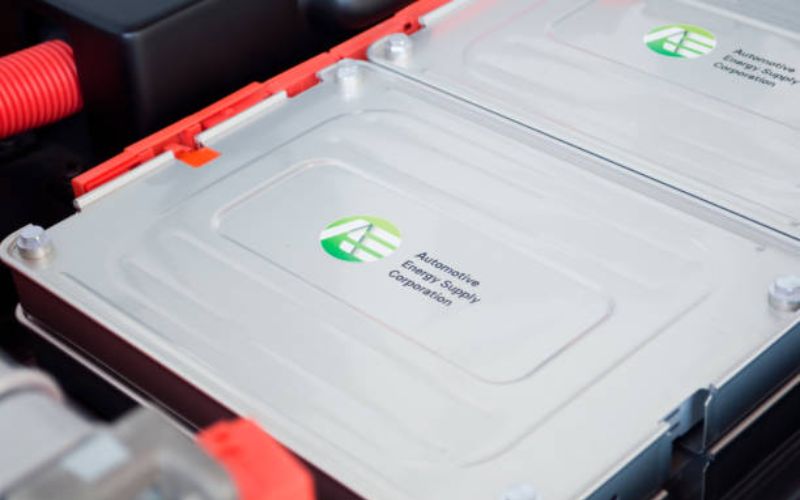Introduction:
A thermoelectric cold plate is a crucial component in cooling technology that has allowed for more efficient and cost-effective cooling solutions. These plates are used in various industries, including medical, automotive, and aerospace. In this article, we will explore the different aspects of thermoelectric cold plates and how they are revolutionizing the cooling industry.
What are Thermoelectric Cold Plates?
Thermoelectric cold plates are electronic cooling devices that use the Peltier effect to transfer heat from one side of the plate to the other. The plate is made up of two plates of different materials, and when an electric current is applied, heat is absorbed from one side and released on the other side. This process is not only efficient but also environmentally friendly because it does not require any refrigerant gases.
Applications of Thermoelectric Cold Plates:
Thermoelectric cold plates have a wide range of applications. They are commonly used in the cooling of electronic components in computers, audio equipment, and telecommunications. They are also used in the medical industry to cool MRI machines and in the aerospace industry to regulate the temperature of satellites. Additionally, thermoelectric cold plates are used in the automotive industry to cool batteries in hybrid and electric vehicles.
Advantages of Thermoelectric Cold Plates:
One of the significant advantages of thermoelectric cold plates is their efficiency. Unlike traditional cooling systems, thermoelectric cold plates do not require any moving parts, so there is less wear and tear, reducing the need for maintenance. They also have a compact design, making them easy to integrate into a product, and they have precise temperature control, ensuring that the device is always at the desired temperature.
Disadvantages of Thermoelectric Cold Plates:
Despite their many advantages, there are also some drawbacks to using thermoelectric cold plates. One of these is their relatively low cooling capacity when compared to traditional cooling systems. They also require a direct current power source, which can be a limiting factor in certain applications. Finally, thermoelectric cold plates can be expensive when compared to other cooling systems, although the reduction in maintenance costs may offset this in the long run.
Types of Thermoelectric Cold Plates:
There are several different types of thermoelectric cold plates available, each with its own strengths and weaknesses. The most common types are air-cooled and water-cooled. Air-cooled plates are suitable for applications where there is sufficient airflow, while water-cooled plates are ideal for high-heat applications where airflow is limited.
Factors to Consider When Choosing a Thermoelectric Cold Plate:
When choosing a thermoelectric cold plate, there are several factors to consider. These include the cooling capacity required, the size and weight of the plate, and the power source available. It is also essential to consider the ambient temperature of the environment where the plate will be used, as this can impact its effectiveness.
The Future of Thermoelectric Cold Plates:
The use of thermoelectric cold plates is only expected to grow in the coming years. As the demand for energy-efficient and environmentally friendly cooling solutions continues to increase, thermoelectric cold plates are becoming more widely adopted. With ongoing research and development, it is likely that these plates will become even more efficient and cost-effective in the future.
Conclusion:
Thermoelectric cold plates are a game-changing technology that has revolutionized the cooling industry. With their efficiency, precision temperature control, and eco-friendliness, they have become a popular choice for a range of applications. As the demand for energy-efficient cooling solutions continues to increase, the future looks bright for thermoelectric cold plates.

